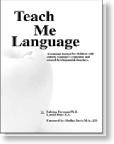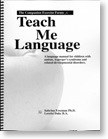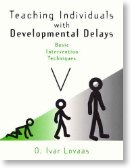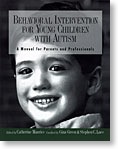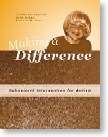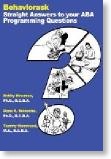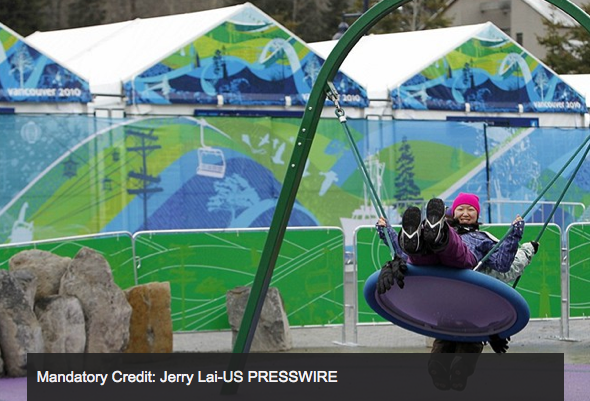Don't bet the farm on this new "therapy"
14/05/12 16:42 Filed in: autism | Asperger's Syndrome
Don’t get me wrong, I’m all into children with autism having fun in a schoolyard, but I was compelled to weigh on this when I read about a specially designed playground to encourage integration.
A graduate student and professor from Kansas State University, Katie Kingery-Page, and Chelsey King, have designed a “therapeutic landscape” for children with autism that has the goal of integration, yet is designed so as not to overwhelm the child with autism. To that end, all kinds of seemingly wonderful sections of the playground have been designed. From a “music garden” to an “edible garden/greenhouse,” we now have a new addition to the tableau of autism interventions out there: “horticulture therapy.” In addition, developers of this intervention assure that the “therapeutic landscape “ provides lots of places to hide if the child with autism gets overwhelmed. This new intervention method is said to be designed for “building sensory experience and communication.” What a utopian landscape!
For a moment, let’s ignore the fact that there is absolutely no evidence from peer-reviewed journals to support the notion that horticulture therapy is effective in ameliorating any symptoms of autism. Let’s consider that there are two very important things missing from this seemingly idyllic wonderland, if children with autism are going to be truly accommodated in the novel protocol:
Here’s the main point: if you want successful integration, the number one issue is individual child safety. For some reason, educational systems can’t seem to figure this out. They understand the importance of creating segregated sites that are like fortresses; however, the minute there is integration, the safety issue is ignored!
I suggest that these designers go back to their utopian design and look at it with new eyes. Once every safety issue is addressed, and they lose the term “therapy” to justify their design, I’m all for creating a fun place for children and their typically developing peers to interact.
A graduate student and professor from Kansas State University, Katie Kingery-Page, and Chelsey King, have designed a “therapeutic landscape” for children with autism that has the goal of integration, yet is designed so as not to overwhelm the child with autism. To that end, all kinds of seemingly wonderful sections of the playground have been designed. From a “music garden” to an “edible garden/greenhouse,” we now have a new addition to the tableau of autism interventions out there: “horticulture therapy.” In addition, developers of this intervention assure that the “therapeutic landscape “ provides lots of places to hide if the child with autism gets overwhelmed. This new intervention method is said to be designed for “building sensory experience and communication.” What a utopian landscape!
For a moment, let’s ignore the fact that there is absolutely no evidence from peer-reviewed journals to support the notion that horticulture therapy is effective in ameliorating any symptoms of autism. Let’s consider that there are two very important things missing from this seemingly idyllic wonderland, if children with autism are going to be truly accommodated in the novel protocol:
- there must be no way for a child with autism to enter or leave the space without an adult being present to allow the entry or exit,
- every single inch of that playground needs to be monitored from one area, so that there are no hidden alcoves from supervising adults. It is on the playground where safety issues are paramount! Often this is when children with autism wander off and are bullied, or worse.
Here’s the main point: if you want successful integration, the number one issue is individual child safety. For some reason, educational systems can’t seem to figure this out. They understand the importance of creating segregated sites that are like fortresses; however, the minute there is integration, the safety issue is ignored!
I suggest that these designers go back to their utopian design and look at it with new eyes. Once every safety issue is addressed, and they lose the term “therapy” to justify their design, I’m all for creating a fun place for children and their typically developing peers to interact.


